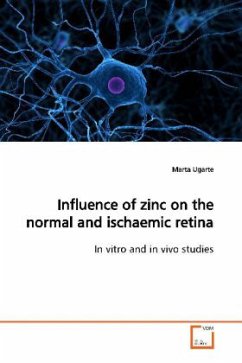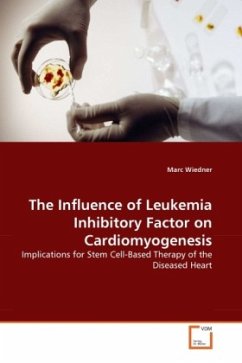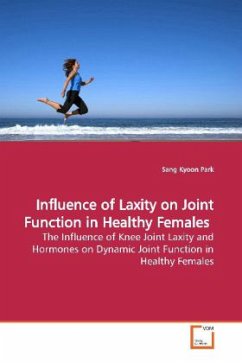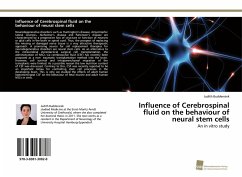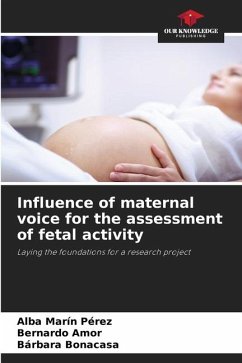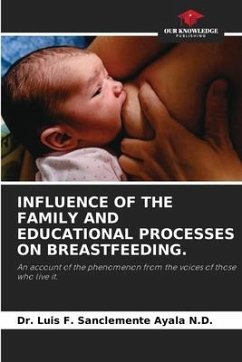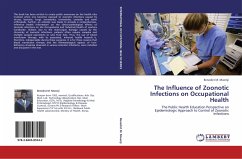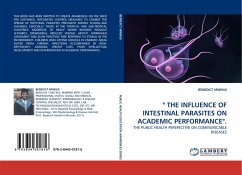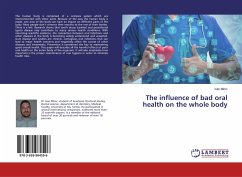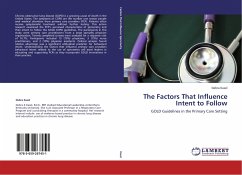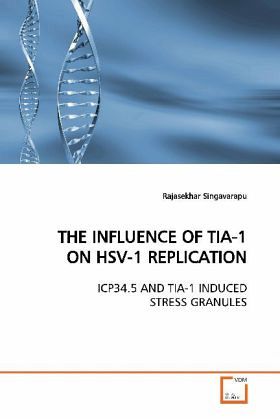
THE INFLUENCE OF TIA-1 ON HSV-1 REPLICATION
ICP34.5 AND TIA-1 INDUCED STRESS GRANULES
Versandkostenfrei!
Versandfertig in 6-10 Tagen
32,99 €
inkl. MwSt.

PAYBACK Punkte
16 °P sammeln!
Herpes simplex virus-1 (HSV-1) and Herpes simplex virus-2 (HSV-2) are large, enveloped DNA viruses. They were the first human herpes viruses to be discovered and are amongst the most intensively investigated. Prof. Kenneth Rosenthal''s lab has demonstrated that differences in virulence and tissue culture behavior for some HSV-1 strains can be attributed to variation in the ICP34.5 gene and protein. ICP34.5 binds to PP1 to dephosphorylate eIF2alpha and stop HSV induced ER stress and inhibition of protein synthesis. T-cell like intracellular antigen-1 (TIA-1) and its closely related protein TIAR...
Herpes simplex virus-1 (HSV-1) and Herpes simplex
virus-2 (HSV-2) are large, enveloped DNA viruses.
They were the first human herpes viruses to be
discovered and are amongst the most intensively
investigated. Prof. Kenneth Rosenthal''s lab has
demonstrated that differences in virulence and
tissue culture behavior for some HSV-1 strains can
be attributed to variation in the ICP34.5 gene and
protein. ICP34.5 binds to PP1 to dephosphorylate
eIF2alpha and stop HSV induced ER stress and
inhibition of protein synthesis. T-cell like
intracellular antigen-1 (TIA-1) and its closely
related protein TIAR, are cellular proteins
belonging to the RNA-recognition motif (RRM) family
of RNA binding proteins. They are essential for
normal vertebrate development and act as gene
translational silencers. They play an important role
in the formation of stress granules during abortive
protein translation when eIF2alpha is phosphorylated
by PKR or PERK and protein synthesis is stalled.
This research study demonstrates the ability of TIA-
1 to limit HSV-1 viral replication.
virus-2 (HSV-2) are large, enveloped DNA viruses.
They were the first human herpes viruses to be
discovered and are amongst the most intensively
investigated. Prof. Kenneth Rosenthal''s lab has
demonstrated that differences in virulence and
tissue culture behavior for some HSV-1 strains can
be attributed to variation in the ICP34.5 gene and
protein. ICP34.5 binds to PP1 to dephosphorylate
eIF2alpha and stop HSV induced ER stress and
inhibition of protein synthesis. T-cell like
intracellular antigen-1 (TIA-1) and its closely
related protein TIAR, are cellular proteins
belonging to the RNA-recognition motif (RRM) family
of RNA binding proteins. They are essential for
normal vertebrate development and act as gene
translational silencers. They play an important role
in the formation of stress granules during abortive
protein translation when eIF2alpha is phosphorylated
by PKR or PERK and protein synthesis is stalled.
This research study demonstrates the ability of TIA-
1 to limit HSV-1 viral replication.



